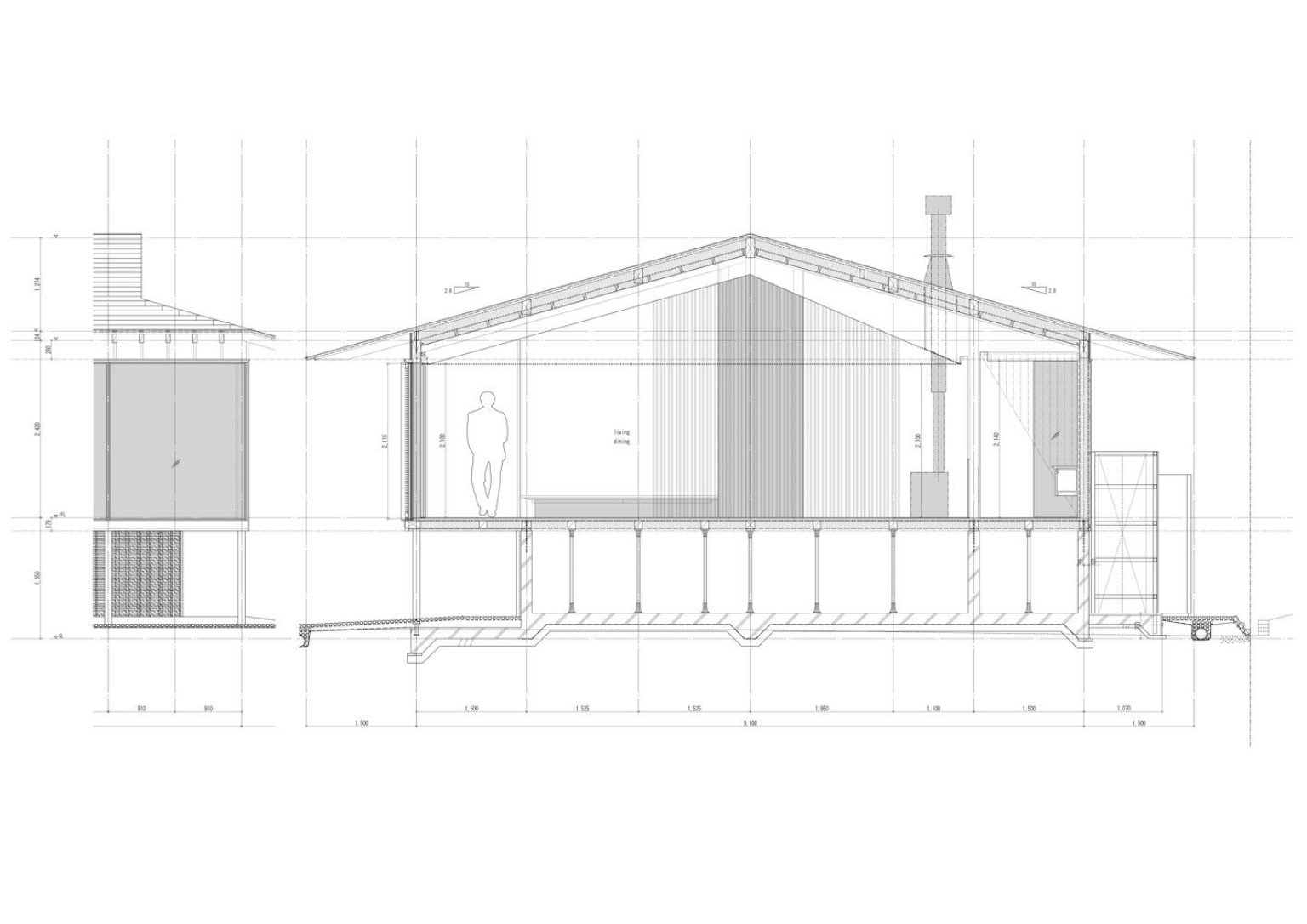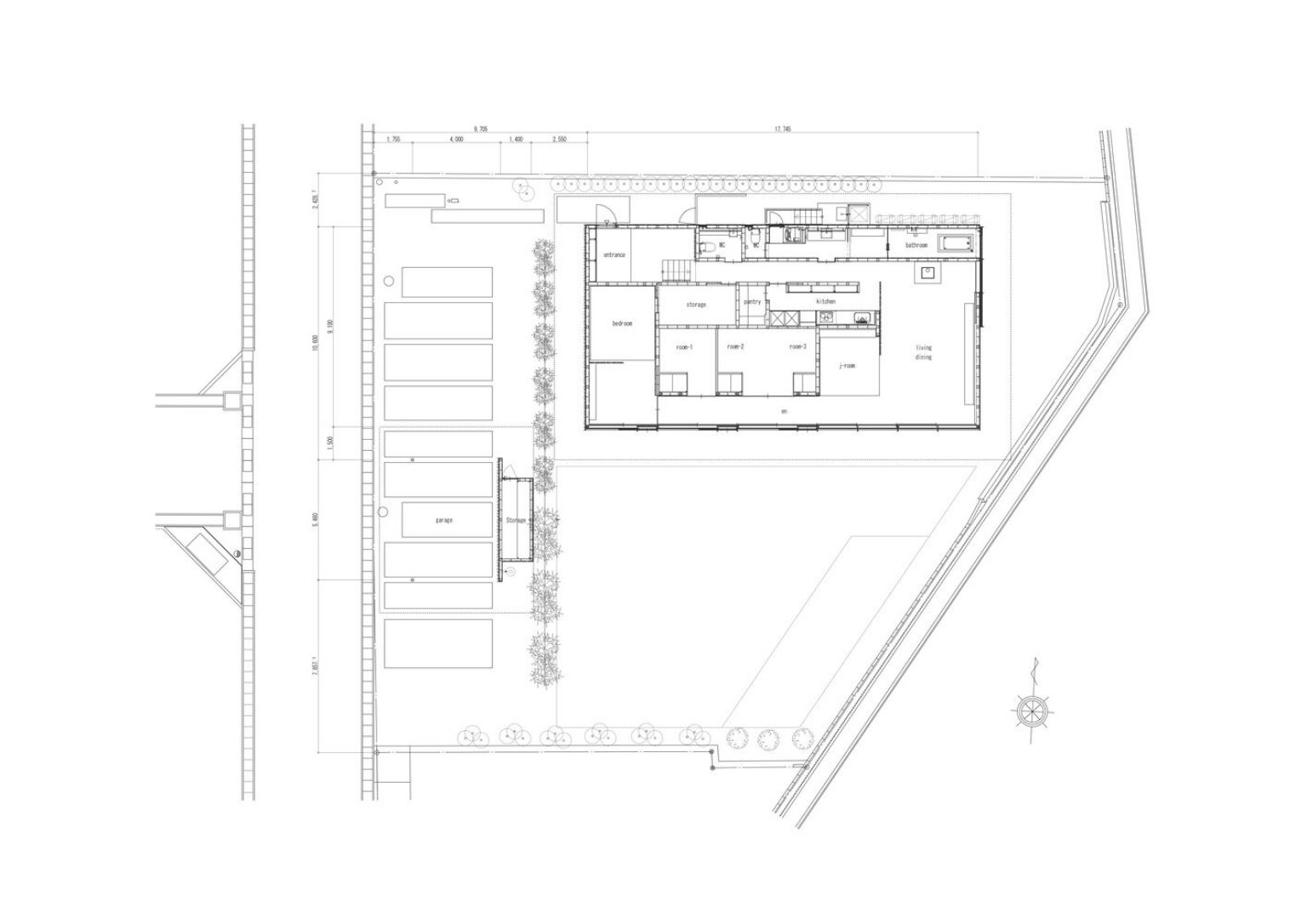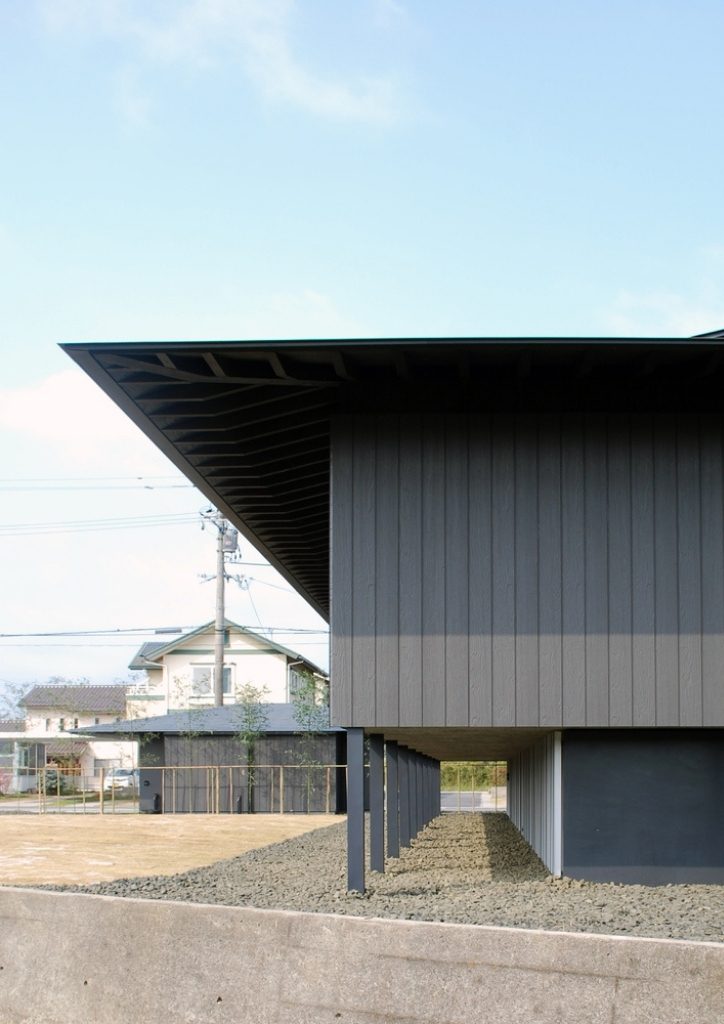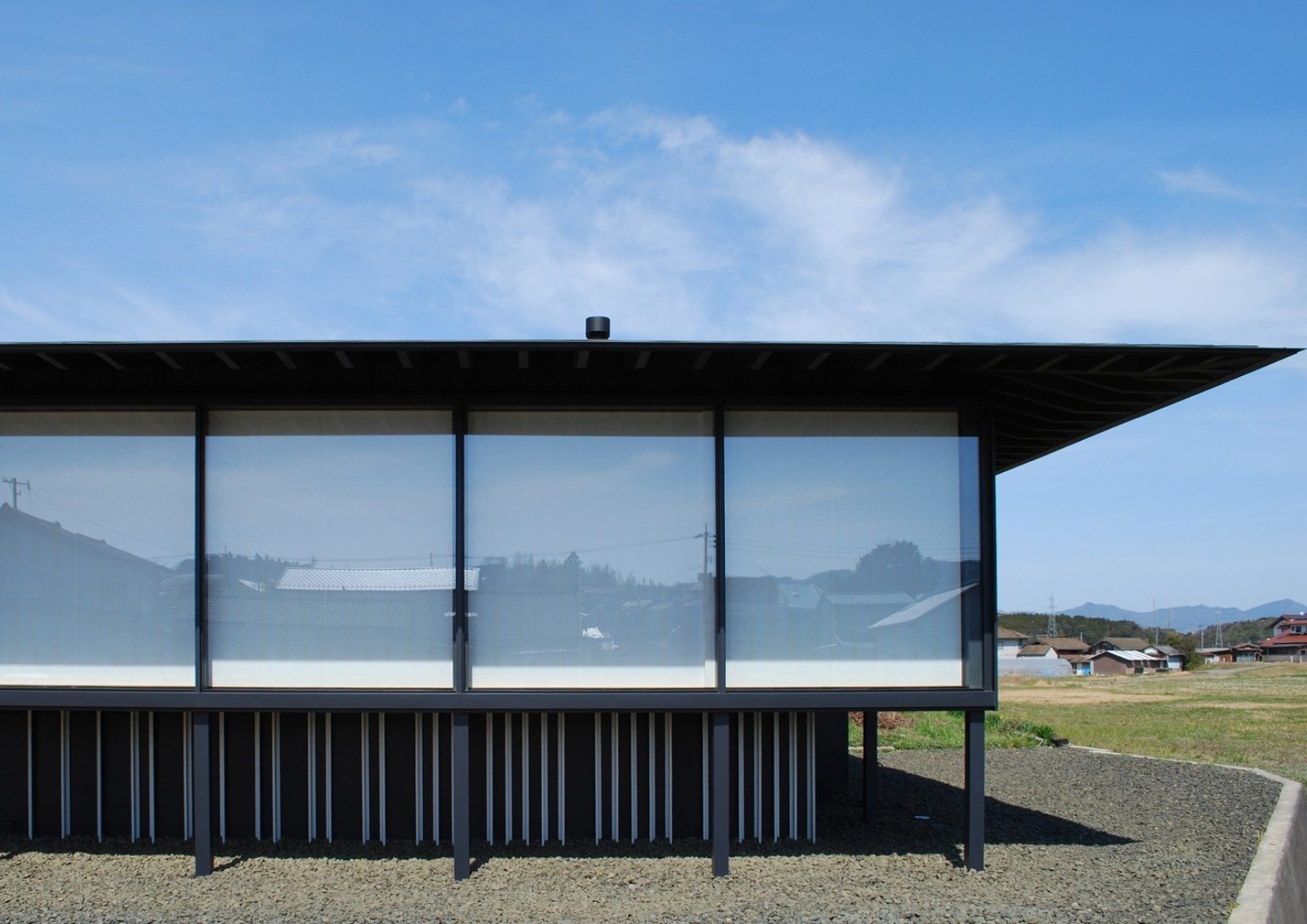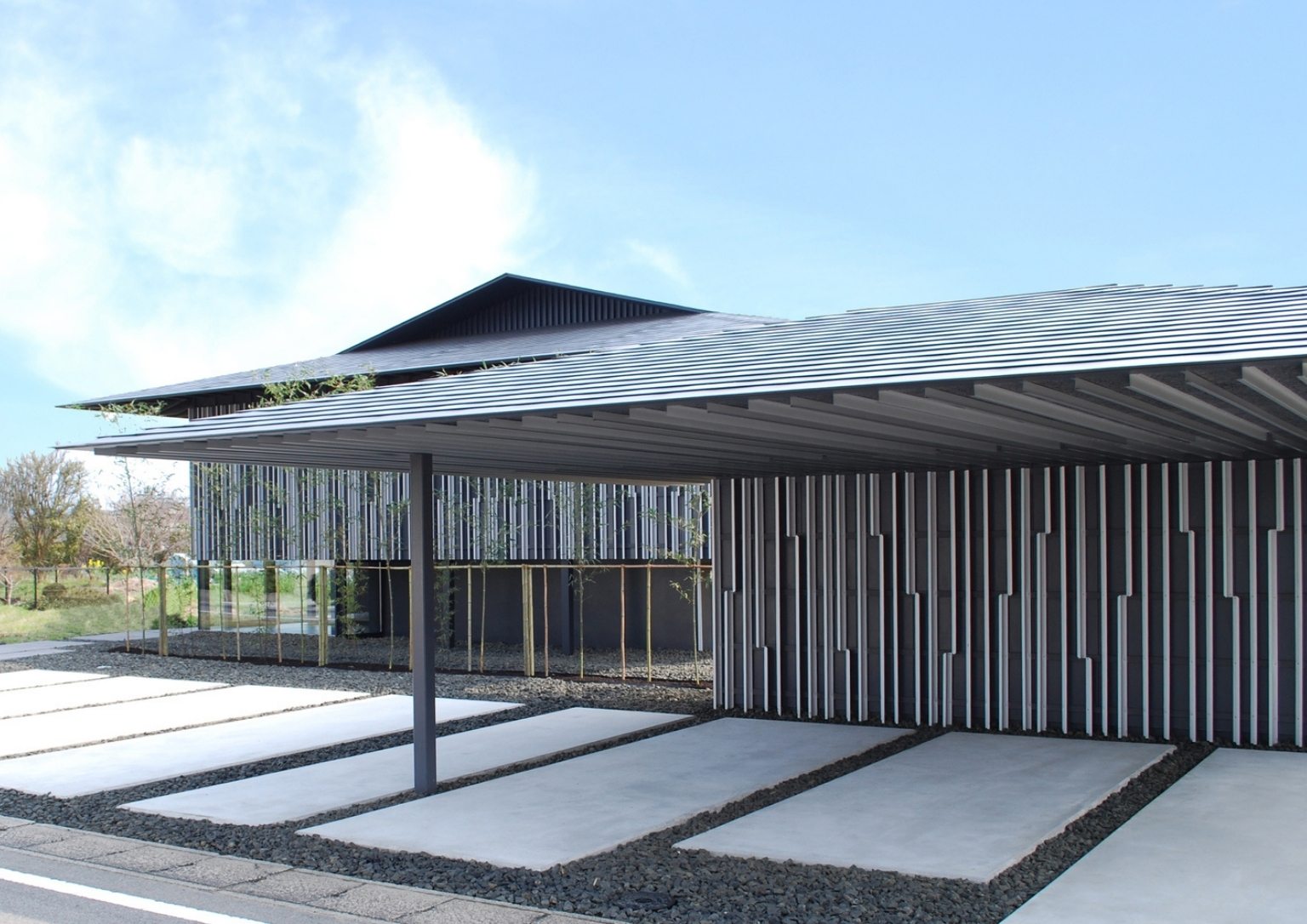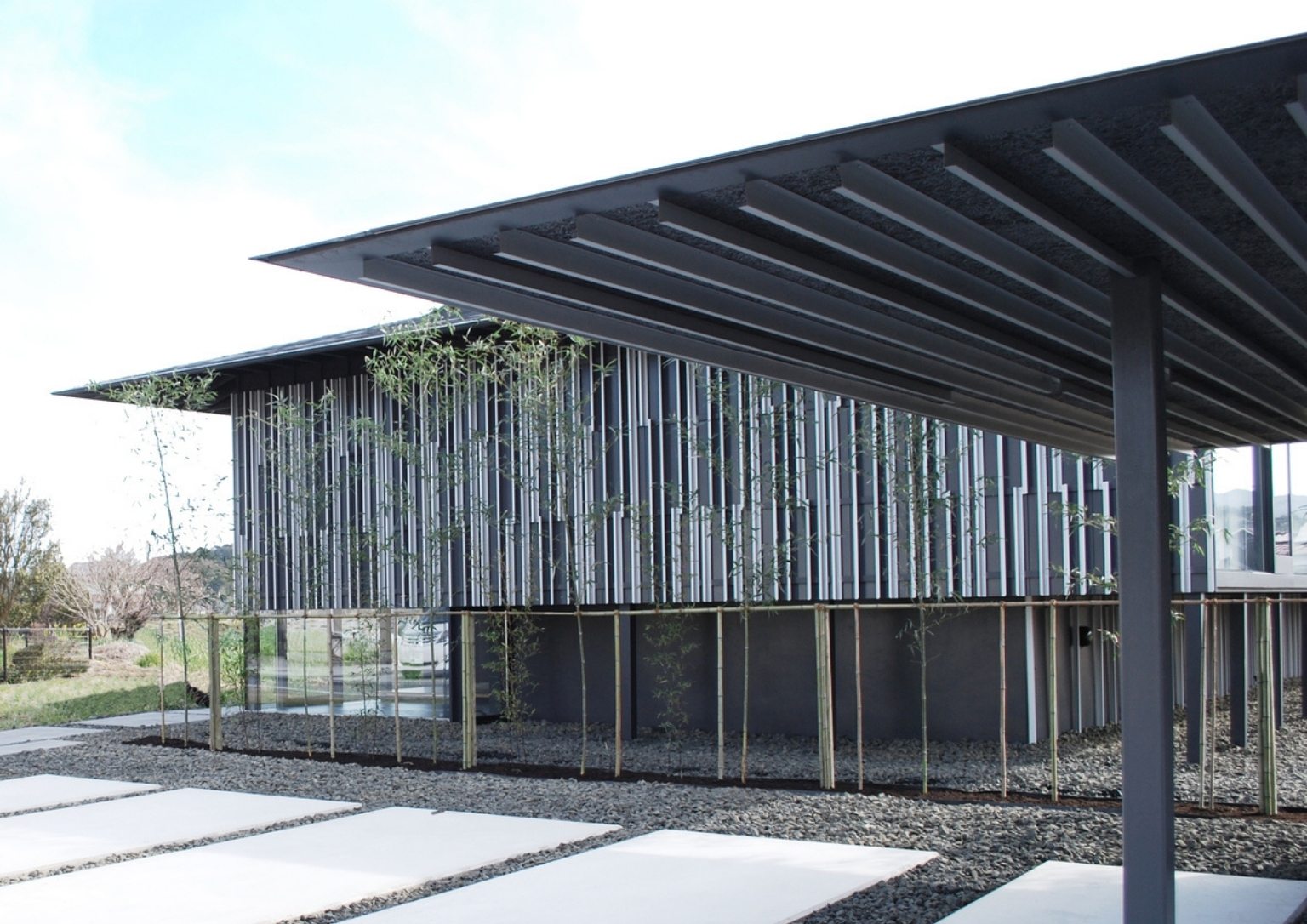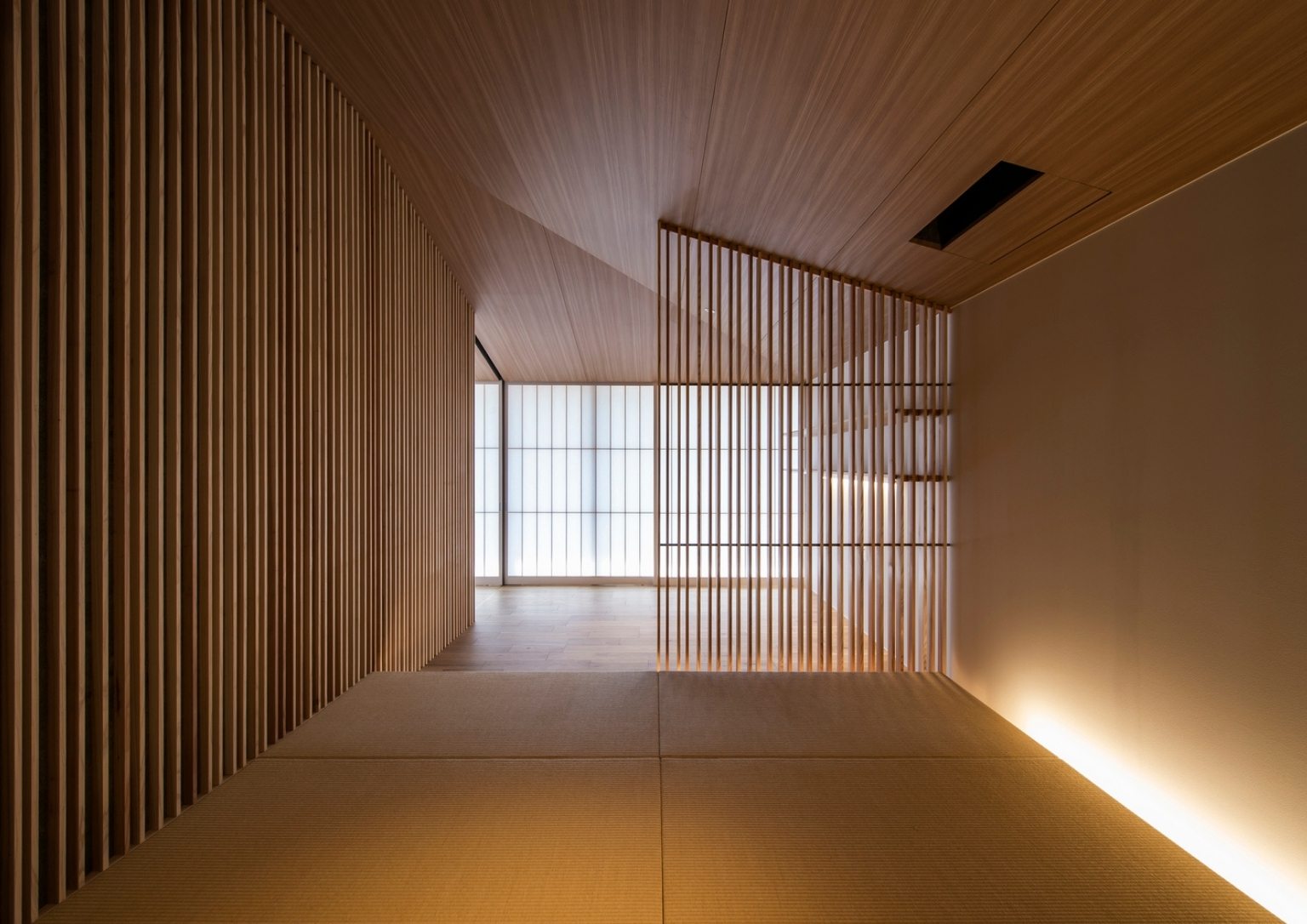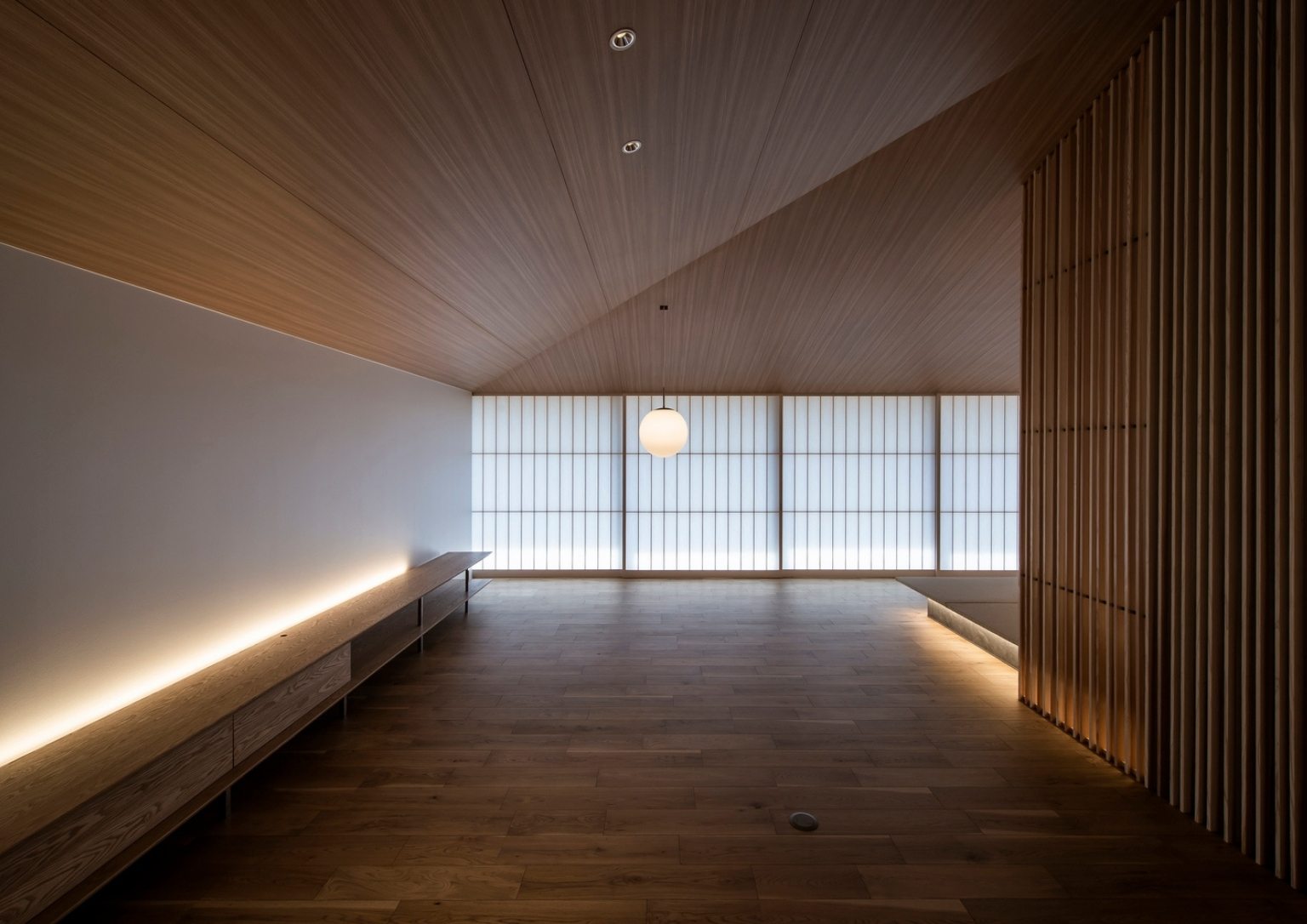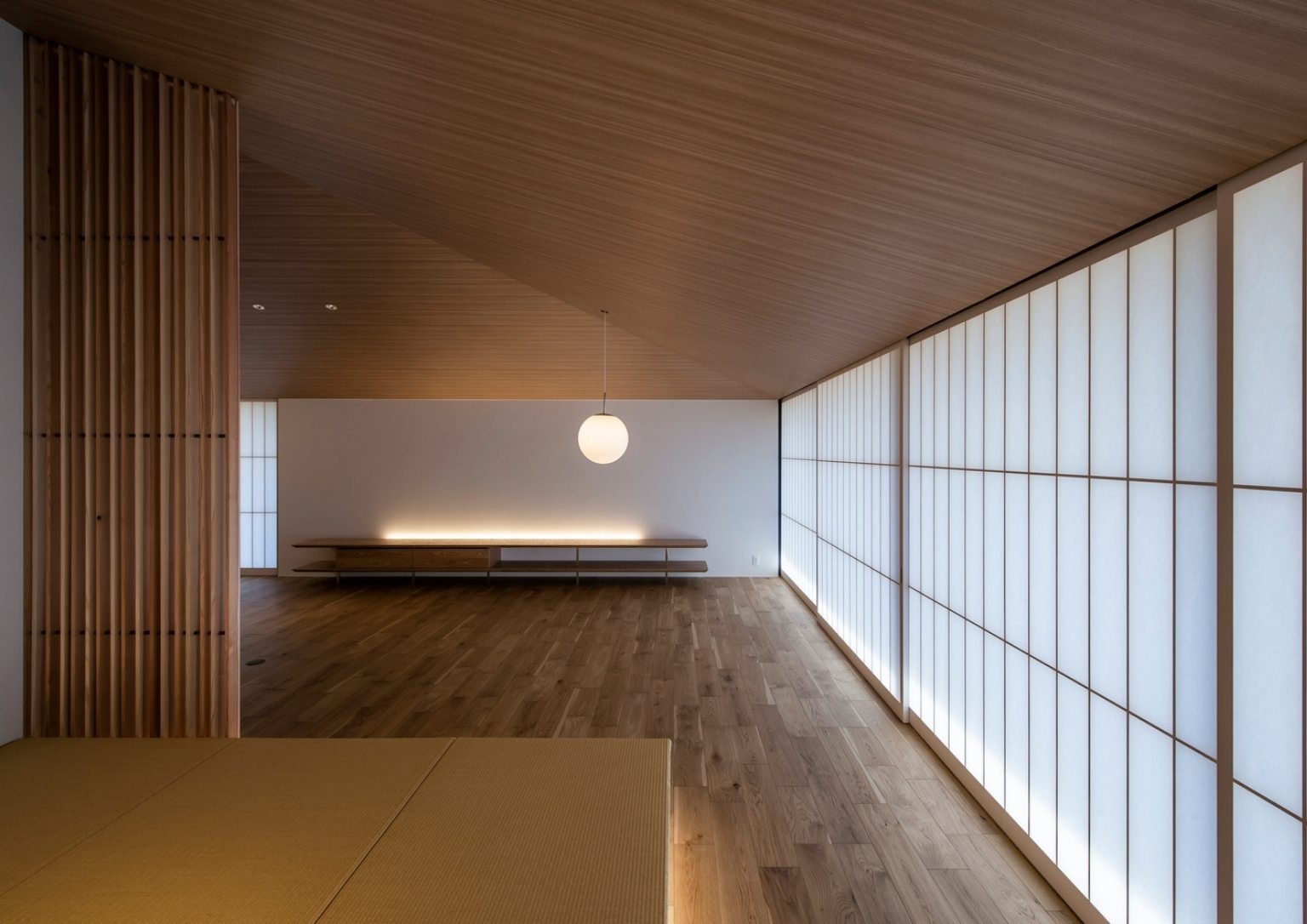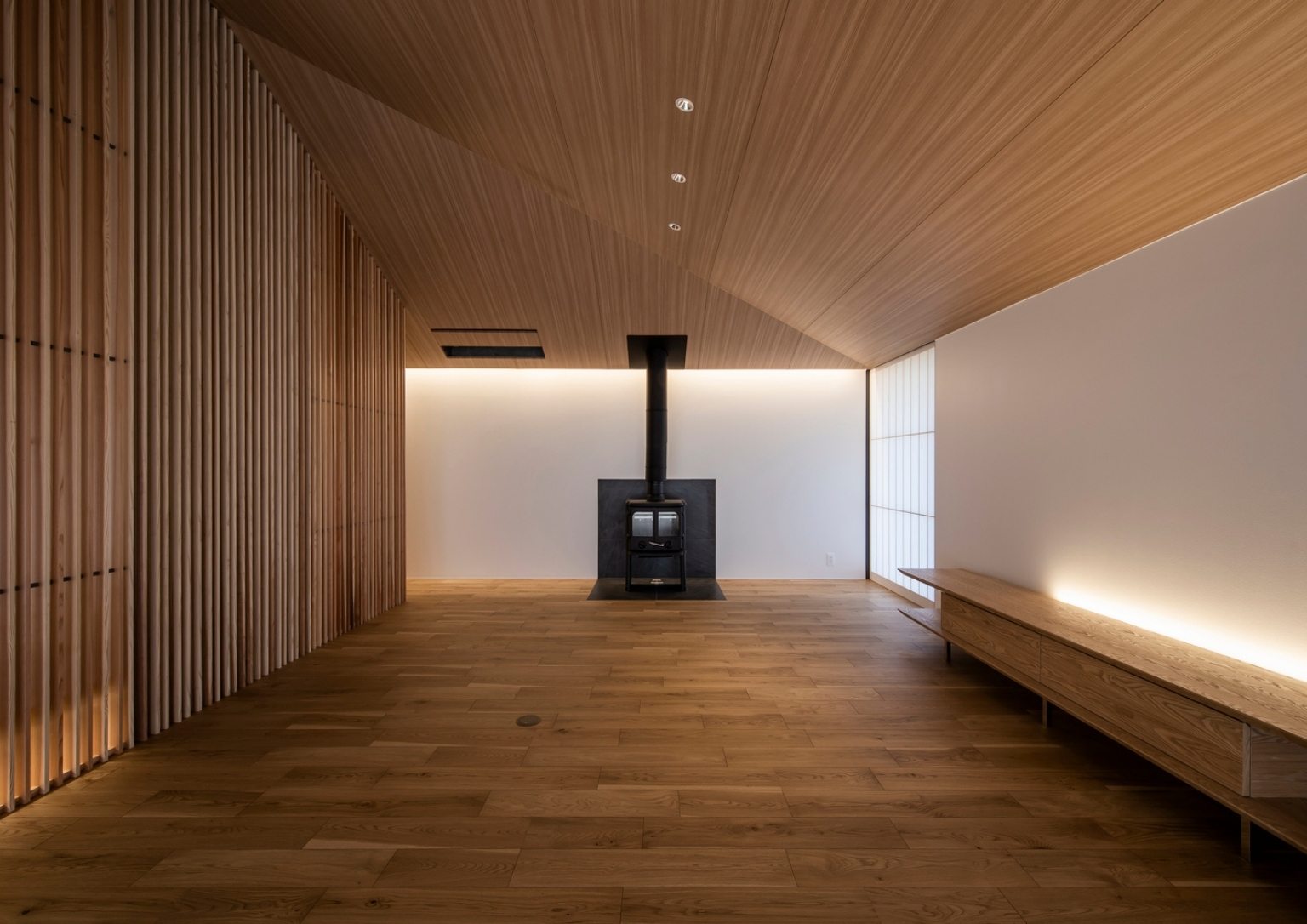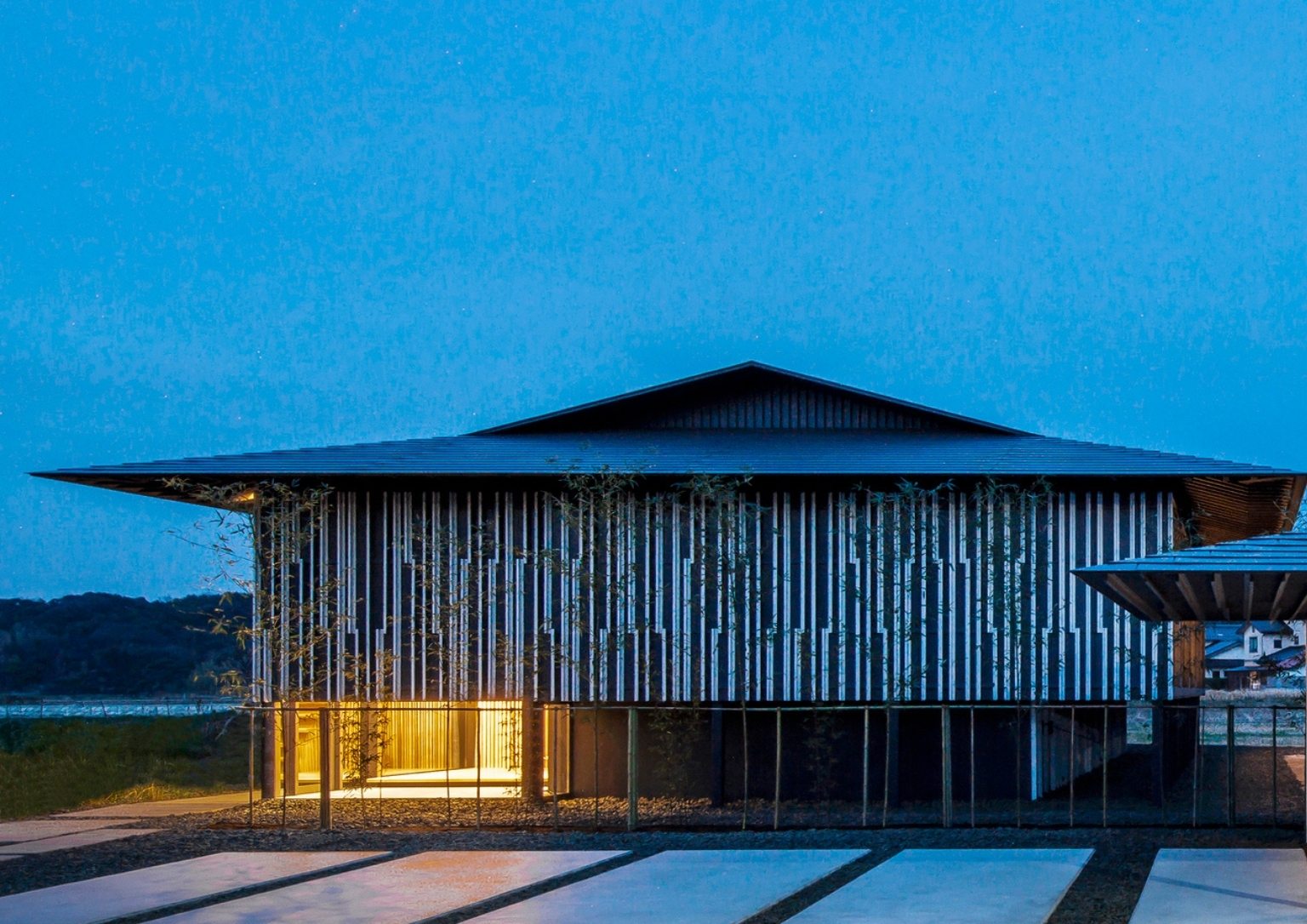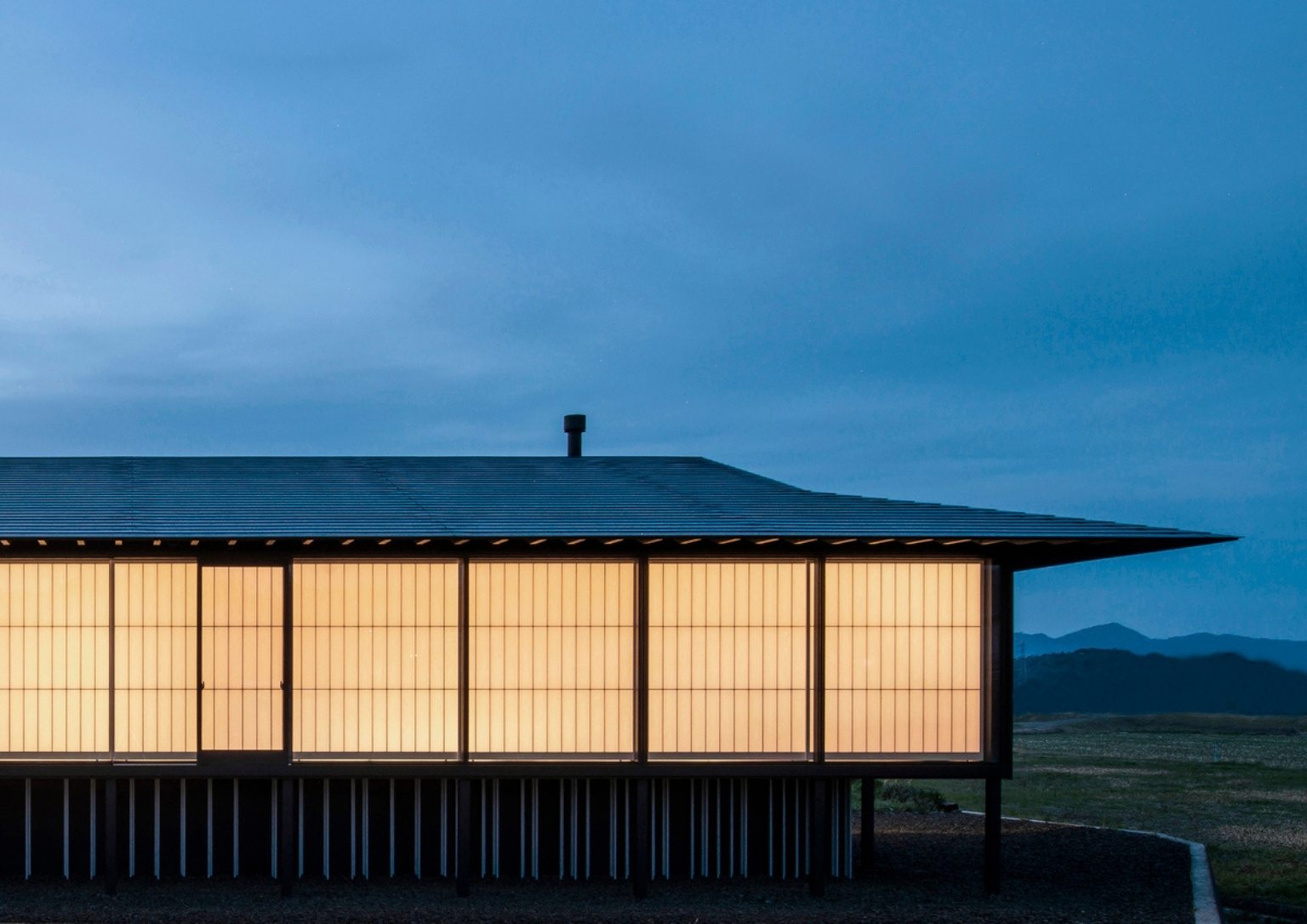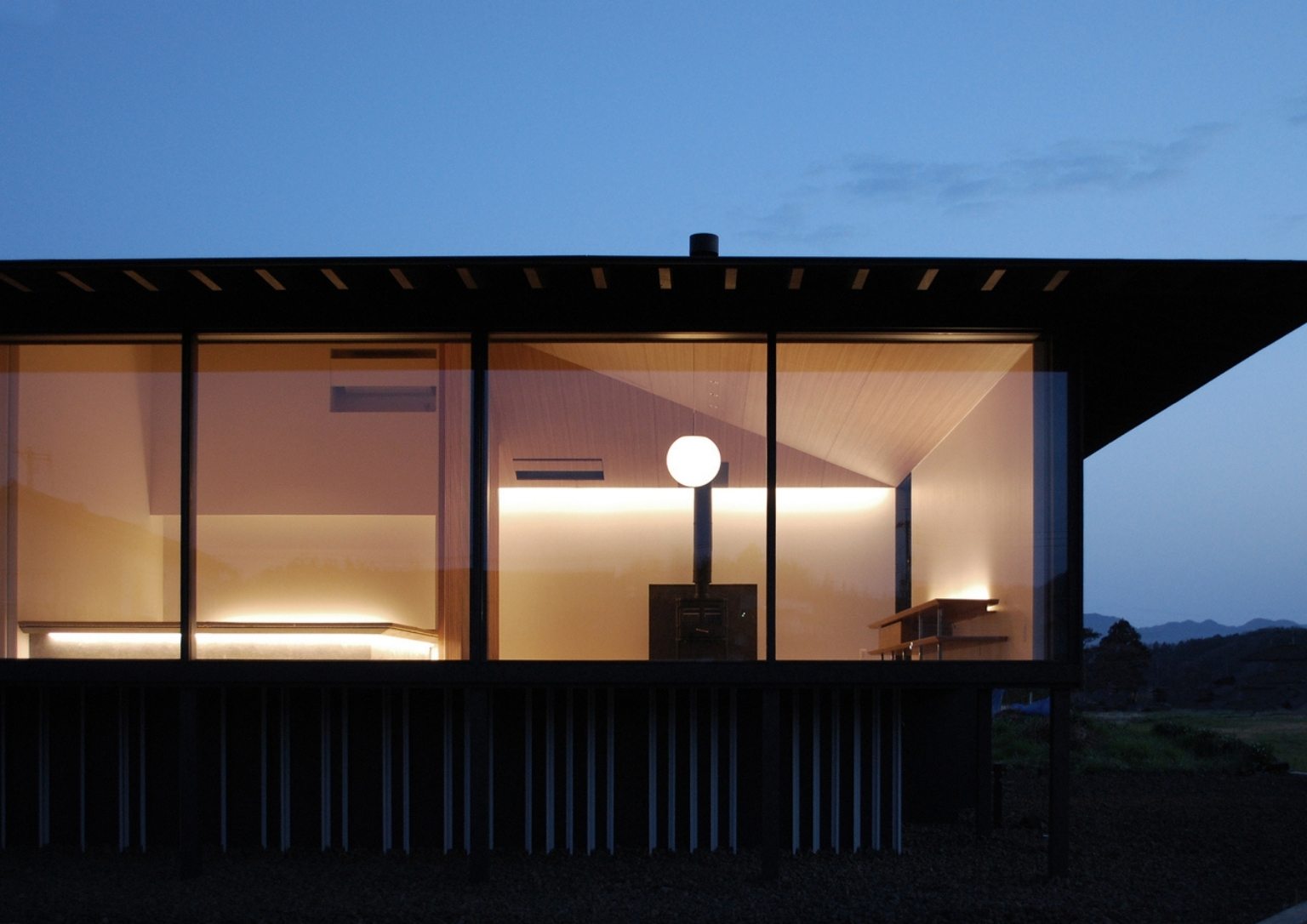
YT House Shows How The Land’s Environment Affects Design
Traditional Japanese architecture is known for its simple, dignified, and beautiful structures. Japanese-style buildings have distinct elements, such as the use of wood, curvy and elongated roofs, and shoji (moveable screens), among others, that inspire other architecture outside the country. Conventional Japanese houses are still prevalent in Japan, but the modern time challenges architects to reimagine these elements.
The YT House in Izumo, Japan, is a modern take on Japanese architecture. Makido Architects explains the client wanted a one-story Japanese-style building. Apart from making the Japanese style into modern architecture, however, the property’s location poses another challenge. The house sits on the southern shore of a small lake with a landscape crawling with reed colonies, beside a rice field. The designers had to create a plan to connect the design with the surrounding environment.

Adapting to The Surroundings
Since ancient times, the land has been a reed field. To address the problem, Makido Architects created a vertical grid, replacing the unique rustling of reeds, bamboo, and rice with generic man-made objects. They also eliminated formal Japanese elements to achieve their goal of creating the appearance of a series of vertical grids in the shade of deep eaves.
The designers use silver-gray steel plate materials for the grid, giving it an illusion of aged gray wood. They also placed the grid irregularly to make its expression change based on the angle of view and shadows.

Moreover, the shoji screens on the south side of the residence come to life at night. They illuminate the surroundings with a soft light like an andon lantern. When it comes to the floor height, it was adjusted based on the traditional wooden houses built on stilts. This technique provides large storage space, moisture proofing around the house, maintenance of underfloor equipment, and disaster prevention measures.
Soft gradation of light surrounds the room from the vertical cedar latticework and Japanese paper-wrapped shoji screens. The interior features sloping ceiling panels of the same wood grain style with heights from 1,900 to 3,700 covering the entire plane. This creates places of different characters according to the height of the floor and connects them.
Meanwhile, refracted wood-grain ceiling panels with heights ranging from 1900 to 3700 cover the entire area. Each location has different personalities created and connected by the different floor levels.
Photos courtesy of Makido architects.
